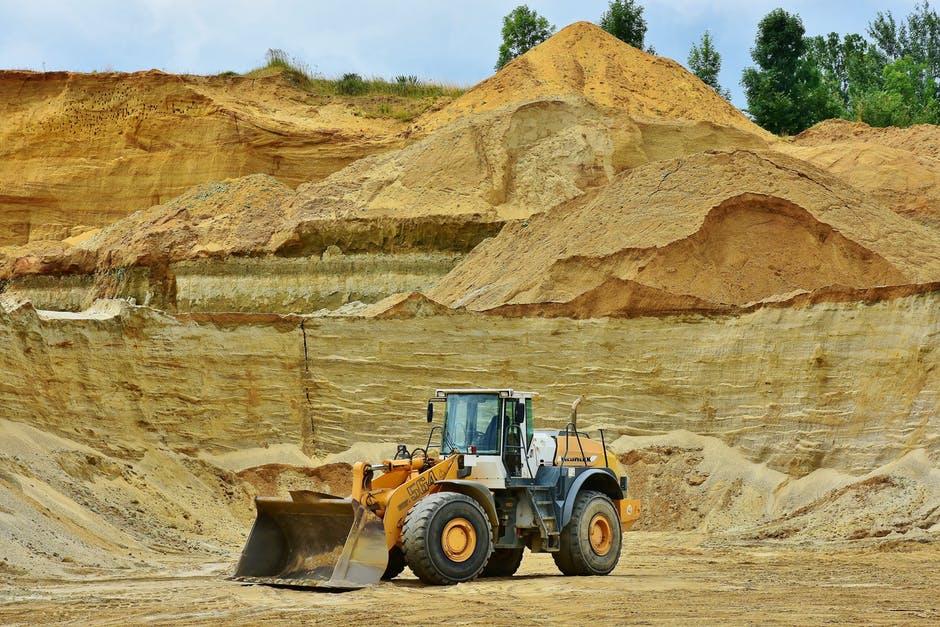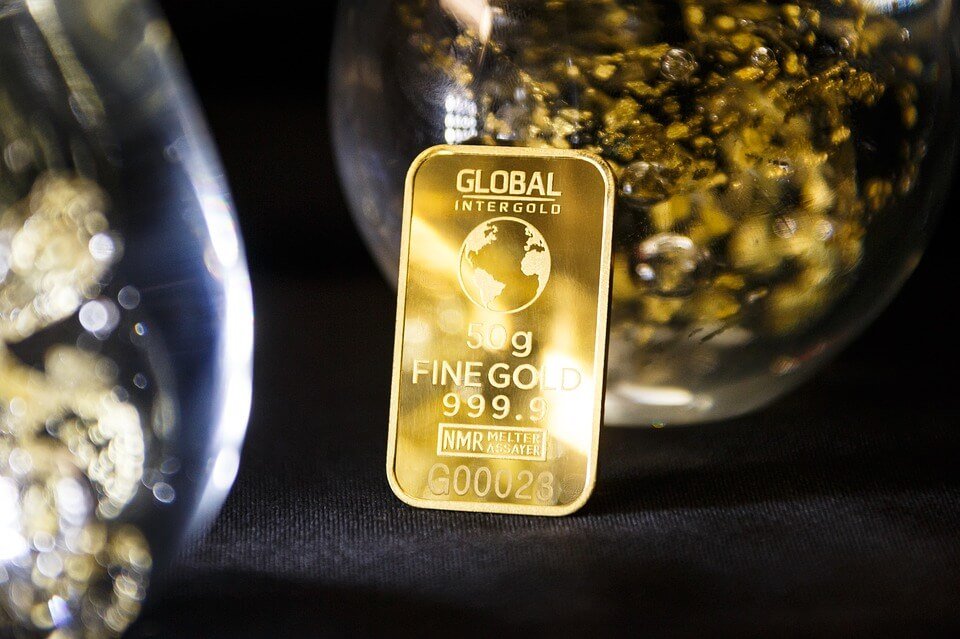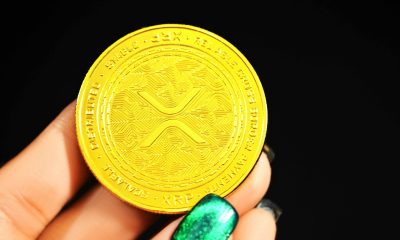Sponsored
One of America’s oldest gold mines enters the crypto-century
Mansfield-Martin Exploration Mining, Inc. (OTCMKTS:MCPI) is expanding from the traditional mining business to the crypto market.

The old saying goes that history doesn’t repeat itself, it rhymes. This adage may very well prove remarkably accurate in describing Mansfield-Martin Exploration Mining, Inc. (OTCMKTS:MCPI). The company is the owner of 6,000 acres of mining properties, including the assets of Tombstone Development Corporation (TDC) of Arizona. TDC itself is of note as the oldest continually operating precious metals mine in all of Arizona with a history dating back to the 1870s.
Mining has come a long way since ground first broke in the Arizona Territory all those years ago. And it is with modern technologies that an eye has been cast towards these timeless mining properties. This new rhyme for a historic mining treasure may not just have riches in store for its investors but could lend itself to a bright future in something those first Arizona miners could never have imagined: cryptocurrencies.
The road to Tombstone is a long one
Mansfield-Martin wasn’t always in the mining business. The corporation itself was incorporated in 2011 as SW China Imports to import high-end wig and beauty products manufactured abroad into the U.S. This business plan failed to take off, so the company set its eyes towards another promising market: marijuana. Changing its name to Med-Cannabis Pharma, Inc., the management set to sell (legally) recreational and medically prescribed marijuana. This business, too, failed to live up to expectations. Which leads us to the current form of this corporation: Mansfield-Martin.
Historic assets in a modern form
In late 2016, the company struck an agreement with Armada Mining, Inc. of Tombstone, Arizona for a significant portion of Armada’s mining interests including the Tombstone Mining District, in exchange for a $284,580,000 shares (85 percent ownership of the entire company). Now, over a year later and after geological assessments of the company’s newly acquired properties have commended, the company is ready to move ahead with its plans. As outlined in the company’s SEC filings, it intends to develop these historic mines by re-processing previously mined materials for silver and other precious metals using modern equipment and mining techniques.
Recycling previously mined dirt in search of silver may not sound like a profitable business. But there you’d be wrong. You see, before ramping up production, the company had a Bankable Feasibility Study conducted. The results and its implication for the company’s future were staggering.
The study, conducted by mining industry veteran Frank H. Blair who now works as a consultant in the field, was released on August 17, 2017. The company principally asked him, regarding the company’s 3,800-acre property in the Tombstone Mining District, whether he would buy or sell the property. After thoroughly researching the property, he had this to say:
“If the writer should make a decision to purchase or sell the Mansfield-Martin properties in the Tombstone District, Cochise County, Arizona, the recommendation would be an affirmative yes to PURCHASE the M&M Tombstone properties. A value placed on the Lucky Cuss Structural trend could, from the five underground mines along the 3,500-foot trend, produce approximately 1,400,000 ounces of metal containing an average of 0.210 oz. Au/ton and 45 oz. Ag/ton. With gold at $1,200/ounce and silver at $17/ounce, this would produce a gross value of $24 million. The other two targets in the initial exploration program will probably be equal to or surpass the Lucky Cuss Trend. A total fair value of the Mansfield-Martin Tombstone Program can be subjectively adjusted to a gross value of $72,000,000,” as noted in the Mansfield-Martin 10-Q Filing last October 31, 2017.

There will be development, SG&A, and other costs in extracting this estimated $72 million in value to be sure. But with the market capitalization of the company (based upon its share price as the time of this writing and 336.3 million shares outstanding) currently sitting at around $10.4 million, the stock appears to be significantly undervalued. Financing has been arranged for the development of the company’s properties. As icing on the cake, the company is already lining up customers for its future silver production.
Silver’s newest use: backing cryptocurrency
Financing in hand, the company expects to ramp up products in March or April of 2018. Once this happens, the company will begin delivery to not just the spot markets, but to a new and unique customer: Qu Ltd., for use in backing its “Silverback” cryptocurrency.
The agreement calls for silver produced from Mansfield-Martin to be placed in a trust which will back Qu’s Silverback ICO cryptocurrency. John T. Bauska, Mansfield-Martin’s CEO, stated that the company’s production goals are a significant portion of Qu Ltd’s needs for the foreseeable future and this deal could lead to future, mutually beneficial partnerships.
What investors need to know
Given the geologists’ report, as well as Mansfield’s latest deal to sell its silver to Qu, Ltd. for use in a new cryptocurrency, things are looking up for Mansfield-Martin after years of searching for the right business. Its shares trade for a significant discount to estimated reserves. While speculative, shares may be of interest to any venturesome investor looking to strike it rich with a historic mine casting an eye towards a crypto-fueled future.
—
This article was written by a third party contributor and does not reflect the opinion of Born2Invest, its management, staff or its associates. Please review our disclaimer for more information.
This article may include forward-looking statements. These forward-looking statements generally are identified by the words “believe,” “project,” “estimate,” “become,” “plan,” “will,” and similar expressions. These forward-looking statements involve known and unknown risks as well as uncertainties, including those discussed in the following cautionary statements and elsewhere in this article and on this site. Although the Company may believe that its expectations are based on reasonable assumptions, the actual results that the Company may achieve may differ materially from any forward-looking statements, which reflect the opinions of the management of the Company only as of the date hereof. Additionally, please make sure to read these important disclosures.

-

 Impact Investing1 week ago
Impact Investing1 week agoTreeblock Showcases Sustainability Solutions at ADIPEC Abu Dhabi
-

 Impact Investing4 days ago
Impact Investing4 days agoHigh Awareness, Low Adoption: The VSME Challenge for European SMEs
-

 Fintech2 weeks ago
Fintech2 weeks agoItaly Issues First Natively Tokenized Minibond on Public Blockchain
-

 Fintech1 week ago
Fintech1 week agoN26 Hires UBS Executive to Lead Turnaround Amid Regulatory Pressure


























You must be logged in to post a comment Login